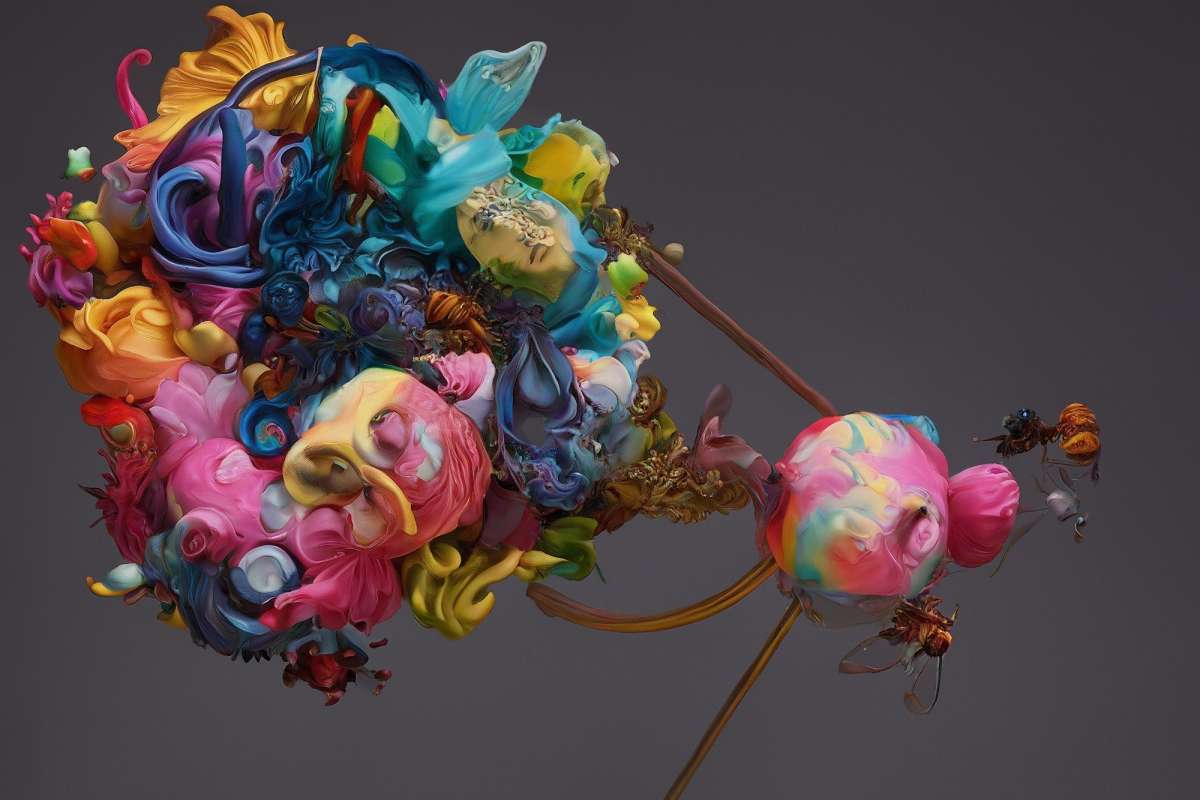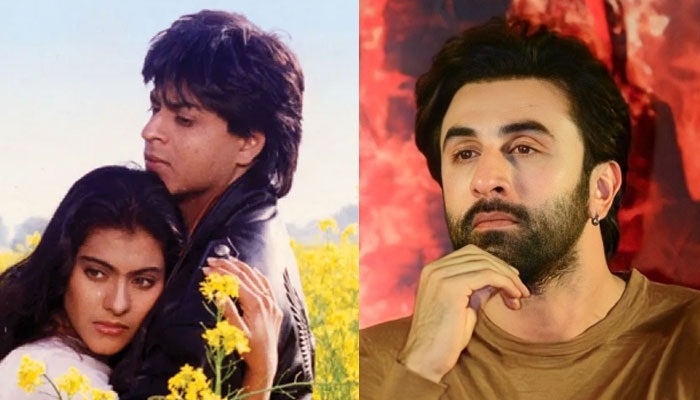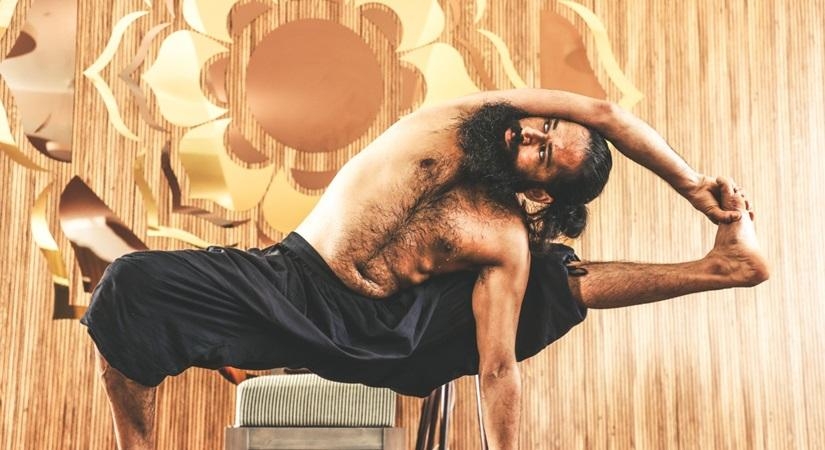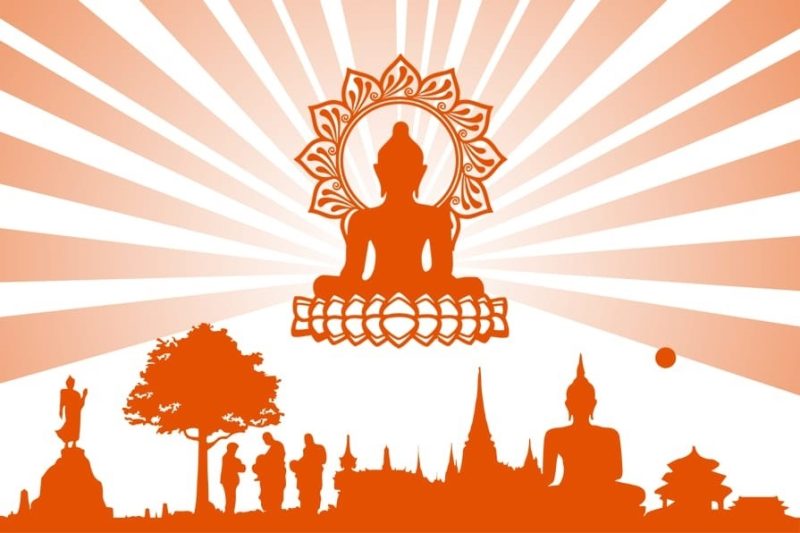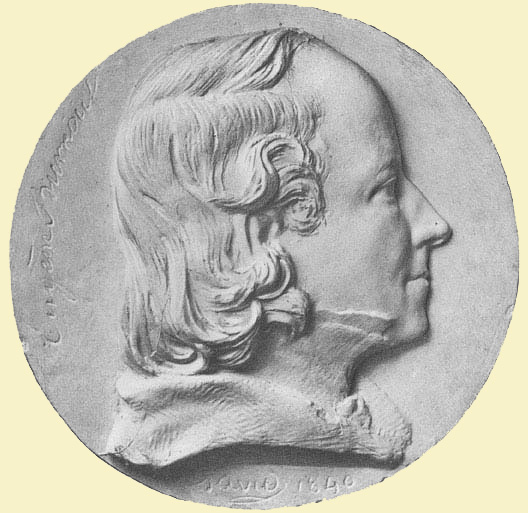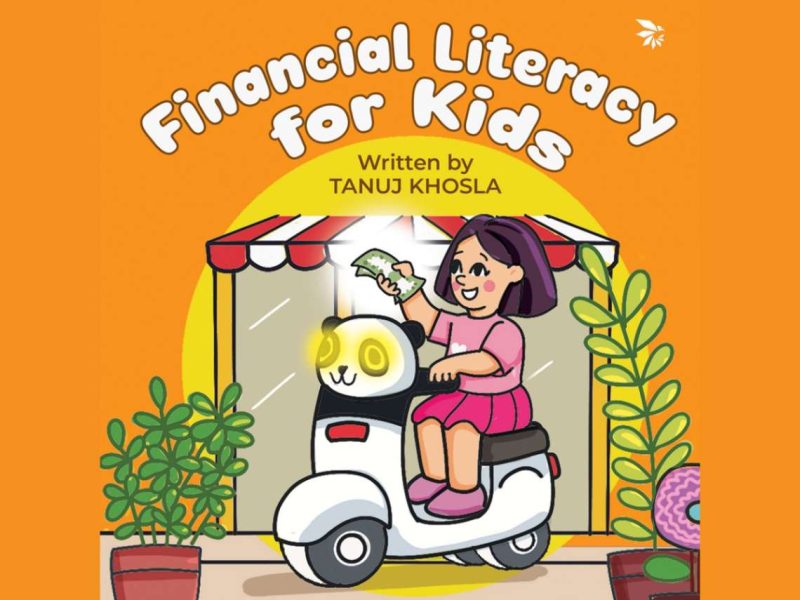The artist, who has been engaging with AI for a decade now and has been consistently fighting against it to stay relevant, says the show has made him realise that it is not AI versus him…writes Sukant Deepak
When diverse things that do not necessarily get along, come together, there is a possibility of an enigmatic arrangement. ‘The Impossible Bouquet’ also proves order and beauty can emerge from chaos.
“Well, impossible is a beautiful word, and when new technologies and new ideas come together, the impossible becomes possible,” internationally renowned multi-disciplinary artist Raghava KK, whose 94,500 Dollars NFT at Sotheby’s set a new record for the Indian art scene tells. The artist, along with his brother created the world’s first art exhibition and a gallery of AI artists.


His latest exhibition ‘The Impossible Bouquet’, curated by Feroze Gujral in association with Volte Art Projects opened on Friday at 24, Jor Bagh (Feb 10-16), marking the occasion of Gujral Foundation’s 15th year. The exhibition is an official collateral event of the ongoing India Art Fair 2023 and a highlight of the fair’s VIP Collector’s Programme.
With an extraordinary new wave of word-to-imagery AI disrupting the art world, the exhibition engages with prompt engineering to ask the question — can we shape our collective future using this disruption as a springboard.
The artist, who has been engaging with AI for a decade now and has been consistently fighting against it to stay relevant, says the show has made him realise that it is not AI versus him.
“AI is a tool that enables me. In order for me to allow it to enable me, I have to let go of what I thought is possible, and what I think is possible. So, while working with it to create images, the process goes like this — first an AI is shown my impossible bouquet painting, it learns my brushstrokes and the composition of my bouquets, then it is asked to make its own bouquets, but it is restricted, it is exposed to a restricted training set of images that come from hidden parts of our body. It uses those hidden parts of the body to create impossible bouquets, inspired by my impossible bouquets that the AI was trained on. Now that it has created these bouquets, I manipulate various elements of the AI to make it look beautiful or create a particular aesthetic and then I come up with an image that is stunning, beautiful, evocative, huge, and mysterious — it has all these elements that I want. I can print that image or display it as an NFT.”



However, when he printed that image, he realised that it was flat, an image is like a ghost after all, desperately looking to create a body. Raghava then started painting on these prints. While some of the artworks felt intimidating, they felt complete, and he had to contribute close to nothing to complete them. But some were incomplete and he had to imagine a body for them.
“So each work is a conversation, a series of conversations from an AI learning my style and me learning from AI, to painting on it, responding to its strokes. The truth is that both AI and I have learned from each other, that was the process of creating these works.”
The artist, who works in different mediums, says each one is like a new language with its own resistance, friction and personality, and that engaging with any one of them is akin to finding one’s middle ground with its temperament.
“I typically spend 4-10 years on one medium before into another. Sometimes it happens parallelly and they inform each other. I see technology AI, bio-tracking oil, and conceptuality as mediums and tools.”
ALSO READ-Exhibition on ‘Raza’ focus initiators of progressive art


